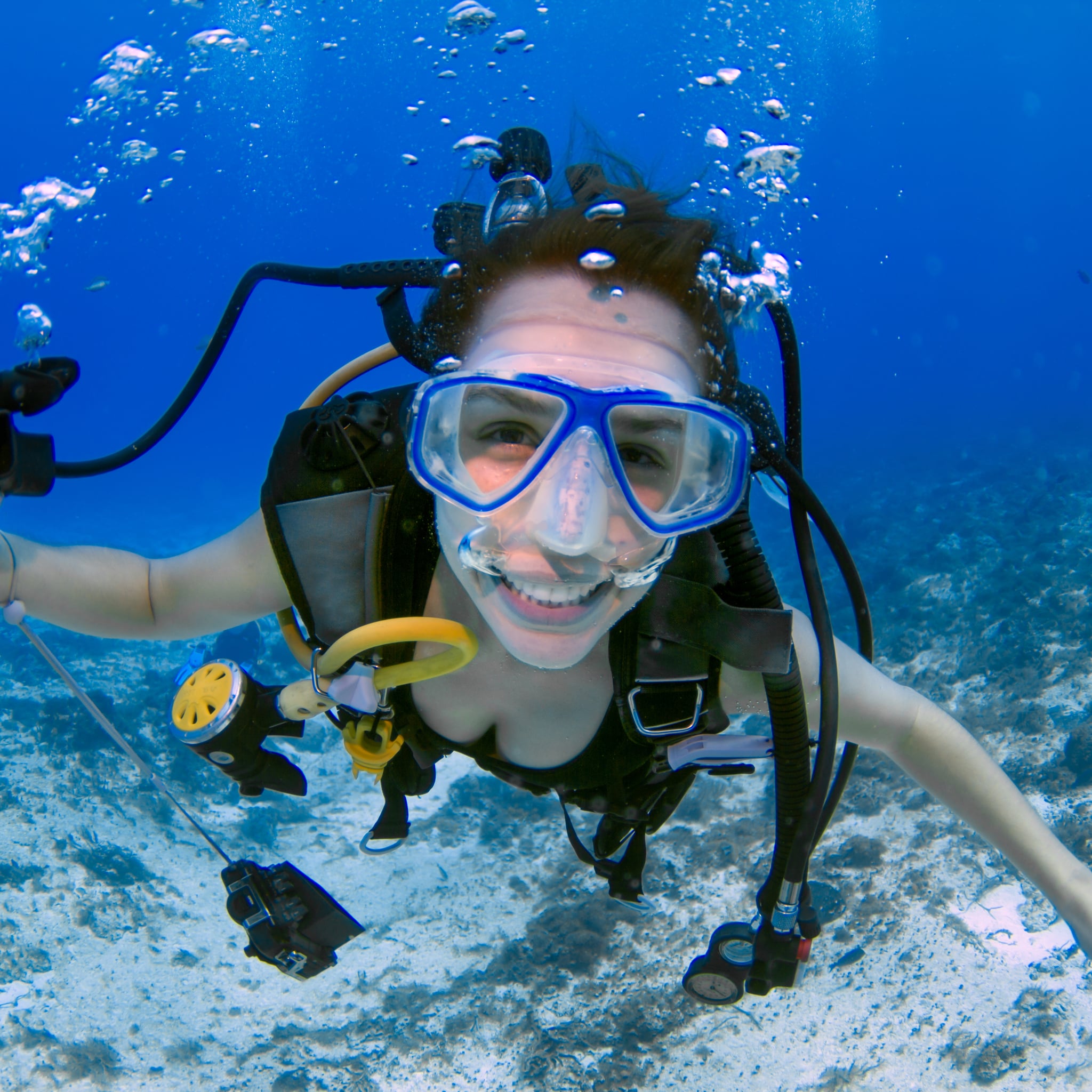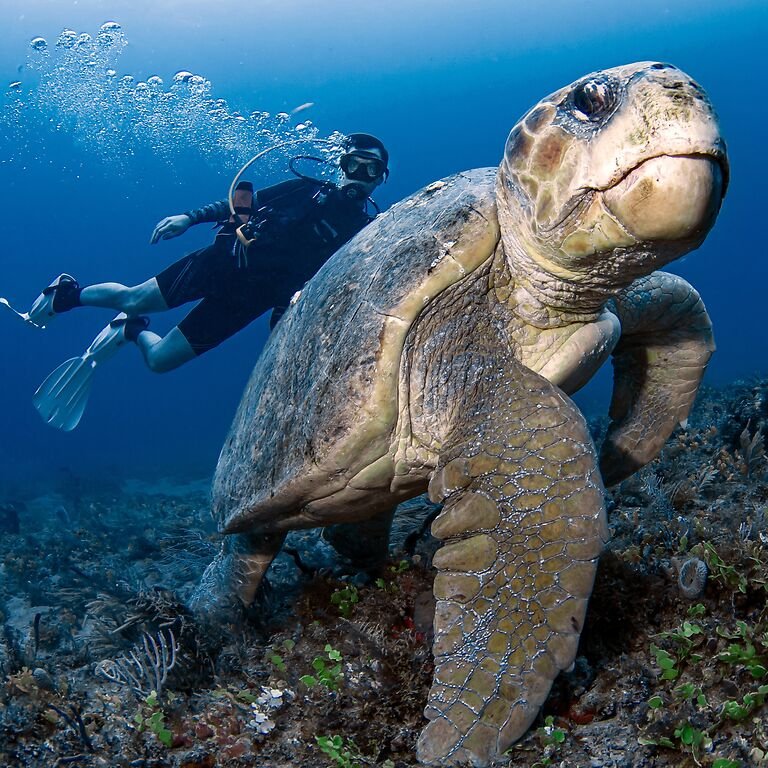What is Scuba Diving?
🤿My Favorite Hobby!

:max_bytes(150000):strip_icc()/GettyImages-1279110759-d280cdc3b0b842c2bde02b8e5f7238a8.jpg)



Scuba diving is a mode of underwater diving whereby divers use breathing equipment that is completely independent of a surface air supply.[1] The name "scuba", an acronym for "Self-Contained Underwater Breathing Apparatus", was coined by Christian J. Lambertsen in a patent submitted in 1952. Scuba divers carry their own source of breathing gas, usually compressed air,[2] affording them greater independence and movement than surface-supplied divers, and more time underwater than free divers.[1] Although the use of compressed air is common, a gas blend with a higher oxygen content, known as enriched air or nitrox, has become popular due to the reduced nitrogen intake during long and/or repetitive dives. Also, breathing gas diluted with helium may be used to reduce the likelihood and effects of nitrogen narcosis during deeper dives.
circuit scuba systems discharge the breathing gas into the environment as it is exhaled, and consist of one or more diving cylinders containing breathing gas at high pressure which is supplied to the diver through a diving regulator. They may include additional cylinders for range extension, decompression gas or emergency breathing gas.[3] Closed-circuit or semi-closed circuit rebreather scuba systems allow recycling of exhaled gases. The volume of gas used is reduced compared to that of open circuit, so a smaller cylinder or cylinders may be used for an equivalent dive duration. Rebreathers extend the time spent underwater compared to open circuit for the same gas consumption; they produce fewer bubbles and less noise than open circuit scuba which makes them attractive to covert military divers to avoid detection, scientific divers to avoid disturbing marine animals, and media divers to avoid bubble interference.
Scuba diving may be done recreationally or professionally in a number of applications, including scientific, military and public safety roles, but most commercial diving uses surface-supplied diving equipment when this is practicable. Scuba divers engaged in armed forces covert operations may be referred to as frogmen, combat divers or attack swimmers.
A scuba diver primarily moves underwater by using fins attached to the feet, but external propulsion can be provided by a diver propulsion vehicle, or a sled pulled from the surface.[5] Other equipment needed for scuba diving includes a mask to improve underwater vision, exposure protection by means of a diving suit, ballast weights to overcome excess buoyancy, equipment to control buoyancy, and equipment related to the specific circumstances and purpose of the dive, which may include a snorkel when swimming on the surface, a cutting tool to manage entanglement, lights, a dive computer to monitor decompression status, and signalling devices. Scuba divers are trained in the procedures and skills appropriate to their level of certification by diving instructors affiliated to the diver certification organisations which issue these certifications.[6] These include standard operating procedures for using the equipment and dealing with the general hazards of the underwater environment, and emergency procedures for self-help and assistance of a similarly equipped diver experiencing problems. A minimum level of fitness and health is required by most training organisations, but a higher level of fitness may be appropriate for some applications.
Read more about Scuba on WikipediaLearn Scuba